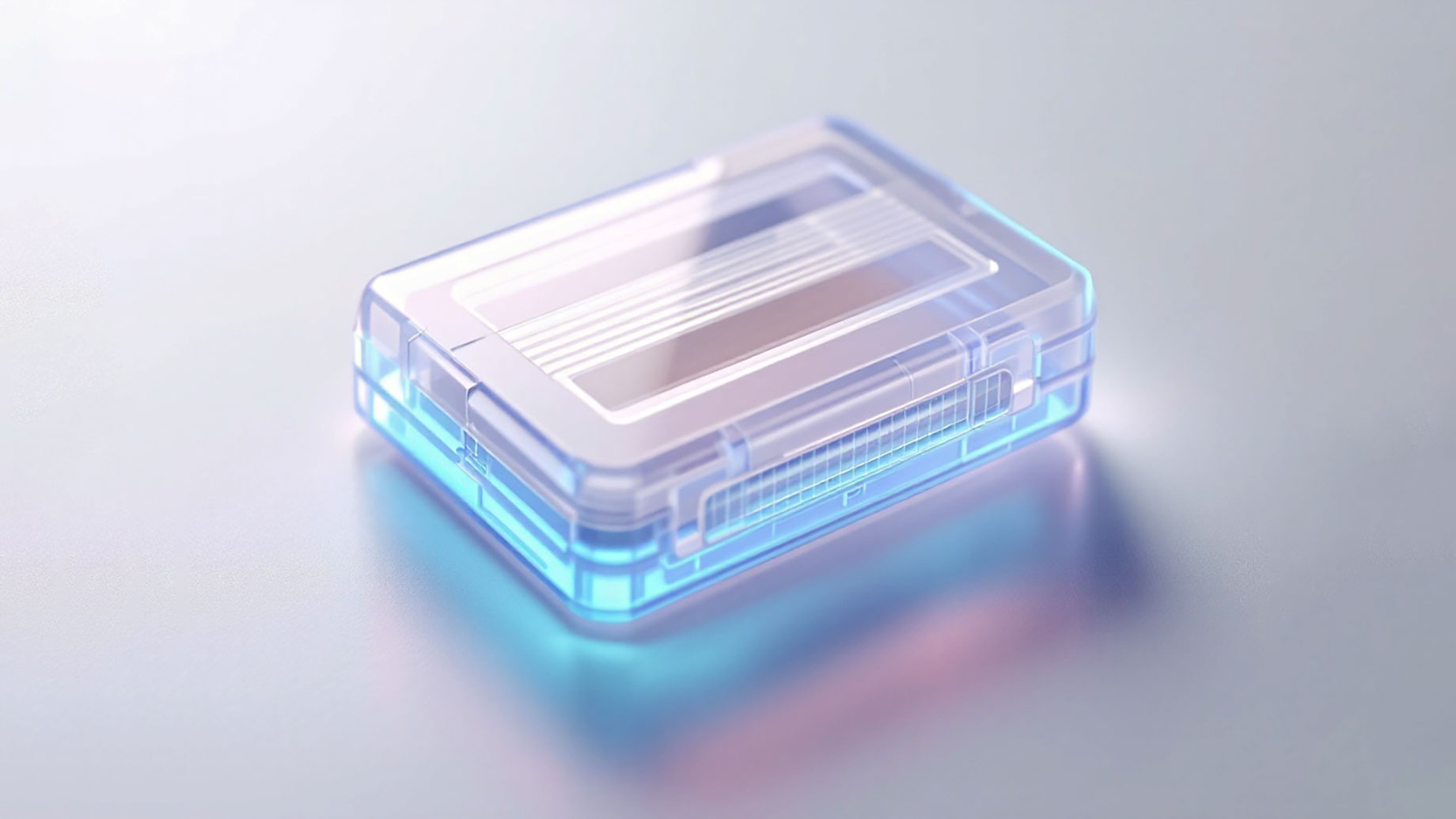
Lateral flow cassettes have totally changed the way we do rapid diagnostic tests in many fields such as healthcare, food safety, environmental monitoring, and veterinary applications. These devices offer a simple, reliable, and affordable way to detect target substances, which in turn makes them valuable tools for fast decision-making. In this article, we will look at the structure, working mechanism, applications, advantages, and challenges of the lateral flow cassettes.
What are Lateral Flow Cassettes?
Lateral flow cassettes are small, user-friendly diagnostic devices that are designed for detecting specific analytes in liquid samples in a very short time. They work on the basis of immunoassay principles and usually utilize antibodies or antigens to visualize the target analyte. The most common applications of these tests are in the medical field, such as pregnancy tests, detecting infectious diseases, and drug testing.
The major essential elements of a lateral flow cassette are:
- Sample Pad: The place where the liquid sample is put.
- Conjugate Pad: Includes antibodies that are specifically labeled or even antigens that react that bind with the target substance.
- Nitrocellulose Membrane: Contains the test and control lines so that results can be interpreted.
- Absorbent Pad: Soaks up and retains the liquid that makes proper flow through the membrane.
- Plastic Housing: Is the outer protective case and internal components are set therein.
How Lateral Flow Cassettes Operate
Lateral flow cassettes work through capillary action which leads the sample to move across the entire device. When a sample such as saliva, blood, or urine is applied to the sample pad, it goes through the conjugate pad where it meets specific antibodies or antigens labeled with nanoparticles (e.g., gold or latex beads). The target analyte if present, will bind to these labeled molecules, thereby, forming a complex.
As fluid progresses along the nitrocellulose membrane, it moves into the test line that contains immobilized antibodies directed against the target analyte. If it is then present in the sample, the two bind each other at the test line generating a signal that is visible. The control line acts as an internal check for fluid migration and the assay performance are right. The result of the appearance of bands is:
- Two lines: Positive result (target analyte identified).
- One control line only: Negative result (no target analyte was chosen).
- No lines: Invalid test due to procedural errors or defects.
Applications of Lateral Flow Cassettes
Lateral flow cassettes are the most used tools in different areas because of their flexibility and comfortability to use. Some of the most common are:
1. Medical Diagnostics
Lateral flow cassettes are highly essential components of Point-of-Care diagnostics, providing quick and accurate results without the need for laboratory equipment. For instance:
- Pregnancy Tests: Detection human chorionic gonadotropin (hCG) in urine.
- Infectious Disease Testing: Rapid detection of COVID-19, influenza, malaria, and HIV.
- Drug Screening: The recognition of illegal drugs and therapeutic drug monitoring.
2. Food Safety Testing
Food products are scanned with these cassettes to look for different contaminants, toxins, and allergens. They help protect consumer health by identifying the following substances:
- Pesticide residues
- Mycotoxins (e.g., aflatoxins)
- Pathogens (e.g., Salmonella, Listeria)
- Allergens (e.g., gluten, peanuts)
3. Environmental Monitoring
Lateral flow cassettes, a lateral-flow immunoassay device with nanoparticles (40 nm), helps to quick and the presence of pollutants and harmful substances in water, air, and soil. The field includes:
- Heavy metal detection (e.g., lead, mercury) among water bodies
- Identify of bacterial contamination in drinking water
- Tackle air pollution for high-risk components
4. Veterinary Diagnostics
Veterinary specialists apply lateral flow cassettes to instantly detect animal infections. Vaccination help is very important in the case of livestock health management as well as the prevention of disease spreading for the following:
- Canine parvovirus
- Bovine tuberculosis
- Avian influenza
Advantages of Lateral Flow Cassettes
Lateral flow cassettes provide numerous advantages, for instance, the rapid detection capabilities that have made them the preferred testing tool. These include:
- Speed: They give results in a matter of minutes making it very convenient for the timely decisions to be made.
- Ease of Use: The testing can be done using a simple procedure that does not require any specialized training and/or special equipment.
- Cost-Effective: They are not as expensive as the conventional laboratory tests and hence are more affordable.
- Portability: Their small size and light weight make them convenient for patient-centered and on-site applications.
- Reliability: They have high sensitivity and specificity which are the characteristics needed for diagnostic applications which are more critical.
- Minimal Sample Requirement: The use of the test requires only a few tiny droplets of the equivalent biological fluids.
Challenges and Limitations
Despite their advantages, there are certain challenges that lateral flow cassettes necessarily have:
- Limited Sensitivity: There may occur cases when some tests may not be sensitive enough to identify very low concentrations of the analytes.
- Qualitative or Semi-Quantitative Results: Positive effects so far have been presented by lateral flow assays in that they mostly provide a result that is more of a yes or no type rather than giving the exact numerical data.
- Cross-Reactivity: False positives can be caused when some tests are too sensitive and react with substances that are similar.
- Short Shelf Life: At the same time, the stability of reagents and tests’ storage conditions should be considered as important factors that may hamper an efficient test performance.
Future Developments in Lateral Flow Technology
New methods of lateral flow technology continue to produce better performance and utilize various applications of these diagnostic devices. Some of the most recent trends might be:
- Digital and Smartphone Integration: The indeed growing sector of digital technology is transforming biomedical engineering. Even the smallest of the medical devices may be connected and share data over the network.
- Multiplex Testing: Cassette development on spot for multiple analyte detection of one sample.
- Higher Sensitivity and Quantification: The use of nanotechnology as a new highly effective way of measuring digest components using nano-sized materials can result in increased sensitivity and quantification.
- Sustainable Materials: The substitution of cassettes with environmentally friendly materials to reduce the environmental load.
Conclusion
Lateral flow cassettes have inevitably become irreplaceable featuring the utilization across a wide range of industries due to their rapidity and reliability in detection. They are characterized by their combined simplicity, affordability, and rapid result provision that marl them as being exceptional for medical diagnostics, food safety, environmental monitoring, and veterinary applications. Still, with the barriers arising, the research and the perpetual technological developments are up to the task making them more sensitive, specific, and easy to use. As the demand for rapid and real-time diagnostics increases, Lateral flow cassettes would be the most important device in ensuring public health and safety.
